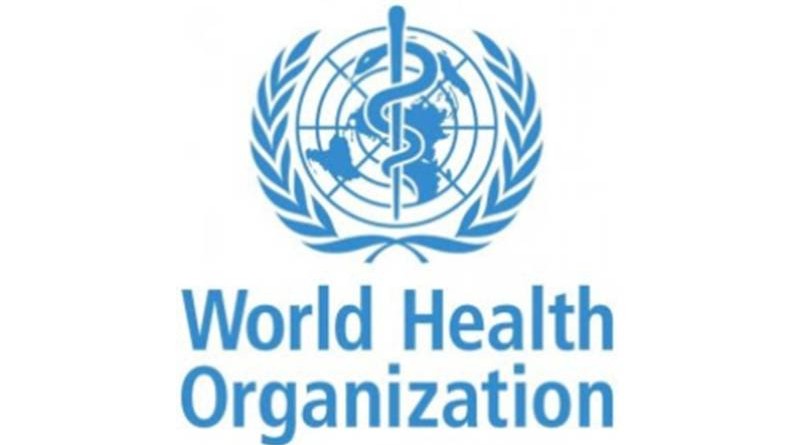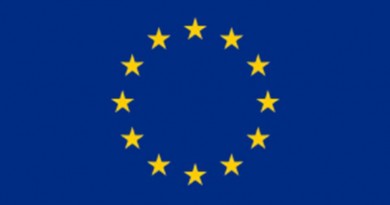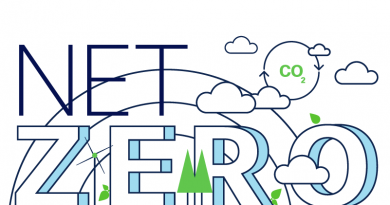WHO recognizes noma, cancrum oris (disease of the mouth and face), as a neglected tropical disease
The recent decision made by the World Health Organization (WHO) to acknowledge noma (cancrum oris) as one of the neglected tropical diseases is a significant step towards combating this devastating illness, particularly in Africa where it has the highest impact.
Noma is a severe and rapidly progressing disease that affects the mouth and face, causing gangrene. Similar to other neglected tropical diseases, it primarily affects the most vulnerable and marginalized populations. Children between the ages of 2 and 6 are particularly susceptible, especially if they suffer from malnutrition, infectious diseases, extreme poverty, poor oral health, or weakened immune systems. The exact prevalence of noma is unknown, but it is predominantly found in sub-Saharan Africa, although cases have also been reported in the Americas and Asia.
Although noma can be prevented and treated if detected early, the disease advances rapidly and has a high mortality rate without proper intervention. Survivors of noma often face long-term aesthetic and functional consequences, leading to social isolation, stigma, discrimination, and violations of their human rights.
On December 15th, WHO officially recognized noma as one of the neglected tropical diseases, thanks to the collaborative efforts of 32 countries, spearheaded by Nigeria and 14 other African nations (Benin, Botswana, Burkina Faso, Cabo Verde, Chad, Guinea Bissau, Kenya, Liberia, Mauritius, Mozambique, Namibia, Niger, Rwanda, and Senegal). This recognition marks a significant milestone in the global fight against noma.
Before this recommendation, progress had been made in the noma control effort in sub-Saharan Africa. This progress included the development and implementation of a national noma action plan, training of primary care and community health workers through an online course, integration of noma into the existing surveillance system, and improved collaboration for patient referral between countries like Benin and Niger.
However, despite these achievements, there are still many challenges to overcome. These challenges include a lack of up-to-date epidemiological data, gaps in knowledge about the cause and treatment efficacy of noma, social stigma surrounding the disease, and low awareness among healthcare workers and caretakers. Additionally, national health authorities and development partners have not given enough attention to noma, which hinders progress in prevention and control efforts.
Recognizing noma as a neglected tropical disease will help accelerate a comprehensive approach to addressing the disease in the region. This approach will involve active case surveillance during mass drug administration for other neglected tropical diseases, joint training, social mobilization, and utilizing existing wound management, referral, and support systems for noma treatment. It will also prioritize person-centered healthcare delivery and encourage collaboration across sectors to mobilize for health action.
By integrating noma into existing frameworks, there is an opportunity for advocacy, funding, research, and global visibility, as well as increased political commitment. Historical experiences from countries that have successfully controlled noma demonstrate that it is possible to eliminate the disease while also reducing extreme poverty and improving living conditions.
Dr Matshidiso Moeti, the WHO Regional Director for Africa, emphasized the severity of noma as a disease and its impact on public health. By acknowledging noma as a neglected tropical disease, we can leverage existing efforts to control and eliminate diseases, coordinate responses, and garner political support to eradicate this disease. Additionally, we can build upon the collaborative actions of countries in Africa to form a regional coalition against noma.
Since 2001, the WHO Regional Office for Africa has taken the lead in controlling noma by providing strategic guidance, tools, and capacity building to focal points at the Ministry of Health. The aim is to effectively reduce the incidence of noma as a public health issue. The Regional Noma Control Programme has focused on integrating prevention and control interventions into national health plans and strengthening primary healthcare, ultimately working towards achieving universal health coverage. The WHO Regional Office for Africa has supported eleven noma-priority countries, primarily in Western Africa, in developing and implementing national noma-control programs. These programs have been funded by the German non-governmental organization, Hilfsaktion Noma e.V., since 2013.




